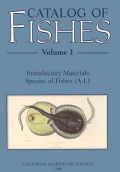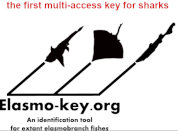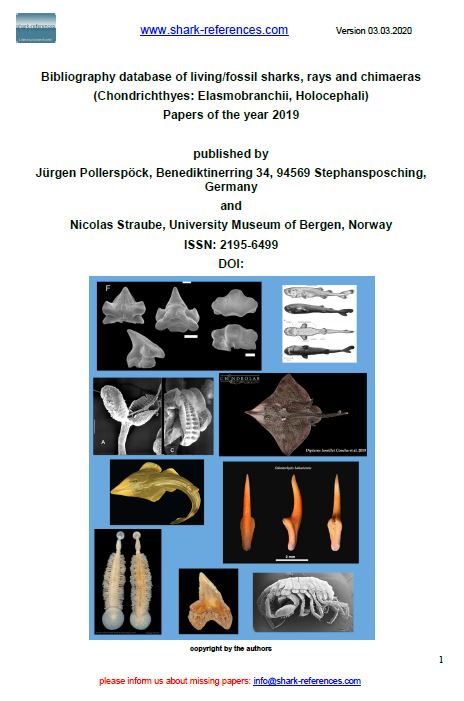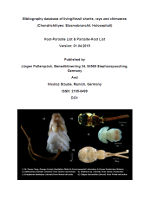
Loss of predation risk from apex predators can exacerbate marine tropicalization caused by extreme climatic events. Journal of Animal Ecology, 90(9), 2041–2052
DOI: 10.1111/1365-2656.13424
Feeding the world's largest fish: highly variable whale shark residency patterns at a provisioning site in the Philippines. Royal Society Open Science, 4, Article 170394
DOI: 10.1098/rsos.170394

Apparent resource partitioning and trophic structure of large-bodied marine predators in a relatively pristine seagrass ecosystem. Marine Ecology Progress Series, 481, 225–237
DOI: 10.3354/meps10235

Heterogeneity of gamma-crystallins from spiny dogfish (Squalus acanthias) eye lens. Experimental Eye Research, 46(1), 81–93
DOI: 10.1016/S0014-4835(88)80095-2

















